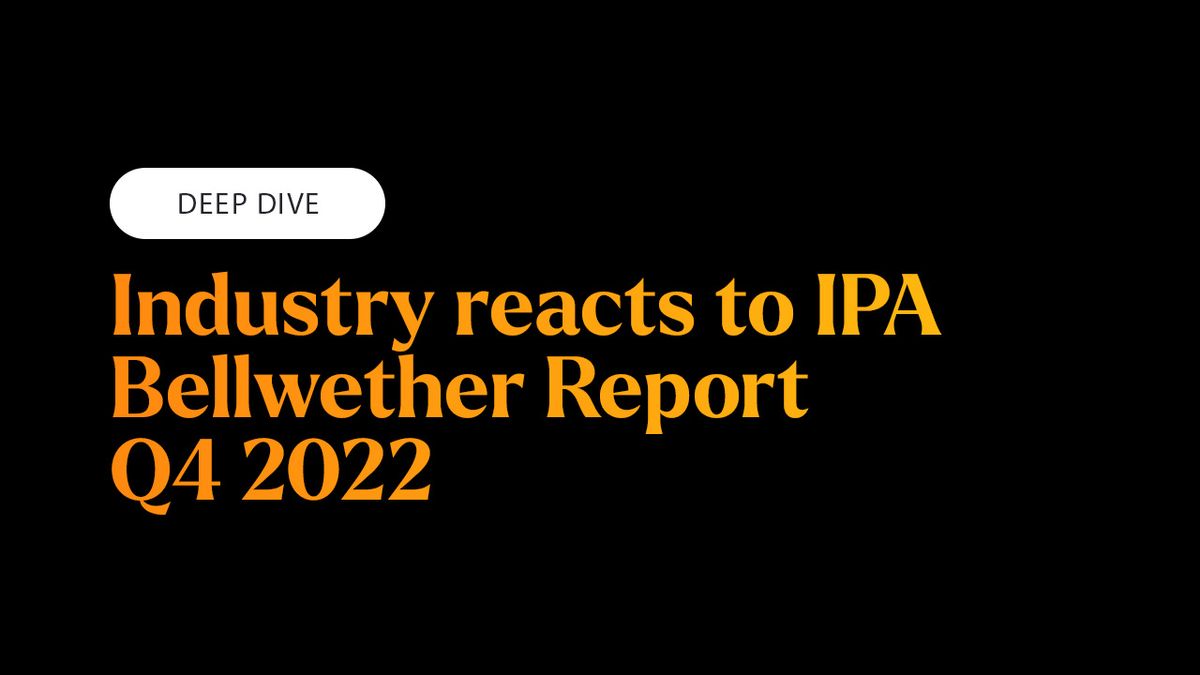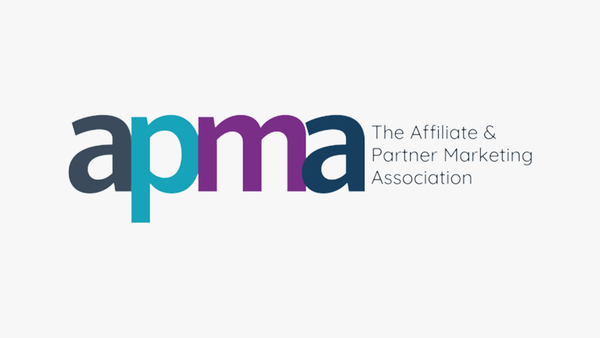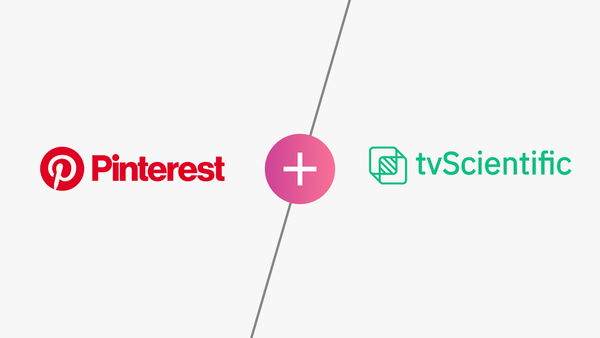Unpacking the quarterly IPA Bellwether report allows us to understand where different sectors of the economy are allocating their marketing budgets. With the release of the Q4 2022 report, we have been able to discover how businesses will be investing in marketing channels under the partnerships umbrella, and why we’re seeing focus in specific corners of the marketing space.
Released once per quarter, the Institute of Practitioners in Advertising releases its Bellwether Report to indicate spending trends in the marketing space. Researched and published by S&P Global on behalf of the IPA, the report comprises original data drawn from a panel of around 300 UK marketing professionals, providing a key indicator of the health of the economy. The carefully curated panel represents all key business sectors, drawn primarily from the nation’s top 1000 companies, enabling us to gather a well-rounded explanation of financial priorities.
The last report outlined that the total UK marketing budget growth was the slowest it has been since Q1 2021 as the cost-of-living crisis began to create a dent in the UK economy. With the knowledge that Q4 is the busiest time in the marketing calendar thanks to the holiday season and events such as Black Friday and Cyber Monday, we take a look at whether marketing investment has increased since the last report was released, and which sectors are investing in the partnerships channel.
Let’s start with the key findings, as presented by the IPA, and then we can unpack the meaning and reasoning behind these:
- Firms are reportedly expanding marketing budgets to support their brands through the impending downturn.
- Main media category returns to growth; events budgets expand again.
- Preliminary 2023/24 budgeting points to strong growth next year.
- Financial prospects remain subdued at industry-wide and company-own level, but turn less negative.
Expanding budgets
According to Anastasia Leng, CEO of CreativeX, “another quarter of overall growth signals the value marketing delivers, even during uncertain times.” The report reveals that brands are optimistically raising marketing budgets as they intend to boost efforts to engage with existing and new audiences.
However, despite increased budgets being a good first step in the growth of the marketing industry, according to Josh Partridge, Head of EMEA at Yahoo, “the industry needs to become more flexible with disbursing what is available and working with their partners to adjust in real-time to get the most return on investment.”
During Q4, also known as the ‘Golden Quarter’ as well as the shopping holidays that happen each year; Black Friday, Cyber Monday, and the Christmas period; we also experienced the FIFA World Cup during the last three months of 2022, with almost $1 billion ad spend being invested in the tournament. With this in mind, “perhaps a 2.1% net growth in overall marketing budgets was to be expected?” said Jacque Chadwick, Commercial Trading Director at Ozone.
Economic uncertainty - the recession
Despite the overall growth in marketing spend presented in the report, the reality of an impending recession has been weighing heavy over marketers’ heads. So budgets may well have increased, but the real question, according to Anastasia Leng, is whether marketers are maximizing the impact of their budgets, she added, “research suggests not: high pockets of wastage continue to lie dormant in the creative, the majority of which (70%) isn't set up for success and has a low Creative Quality Score.”
For brands advertising online through paid search, Cost per Click (CPC) inflation is a serious factor across the board as more companies move spending to digital channels, but there is not a commensurate increase in Google searchers. Gustav Westman, CEO and Founder of BrightBid believes that “it is important that businesses find ways of managing this inflation and the new AI-powered technologies and solutions, continuing to prove themselves as one of the most effective add-ons to any advertising campaign.”
During this uncertain recessionary period, with consumers becoming increasingly discerning amid tightening incomes, utilising tools such as AI-powered technologies, as mentioned by Gustav, presents opportunities for marketers to collect data-driven insights to make quick and informed business decisions. “This will help them optimise their resources so they can navigate an increasingly unpredictable environment and act impactfully,” added Ben Leet, CEO of Delineate, who also believes that utilising technology during the coming quarters will be the key to increasing the likelihood of successful marketing within a testing economic climate.
Cautious optimism
Upon exploring the results in the report, marketers such as Camille Flores-Kilfoyle, Head of Marketing EMEA at Reputation, are feeling optimistic. Camille said, “The end of last year’s results are, somewhat surprisingly, promising and there is a positive outlook for this quarter in 2023.”
Also commenting on the latest survey results, Paul Bainsfair, IPA Director General, says, “Given the immediate outlook for the UK economy has deteriorated since the previous Bellwether Report, this quarter’s results are most welcome. While understandably cautious, they are nonetheless in positive territory.” Of course, it’s the uncertainty of how the Global economic climate may further deteriorate that is leaving marketers cautious about their immediate optimism.
The economic outlook is notoriously difficult to predict, yet thoughts of positivity and optimism are justified as the IPA reports that a positive net balance of +24.2% in regards to 2023 and 2024 budget plans indicates a robust outlook among UK marketers.
Tom Laranjo, CEO of Total Media, added, “There is room for positivity, and the UK may well outperform gloomier forecasts. Equally, even in recessionary times, our industry has shown enormous creativity, flexibility and resilience, and will no doubt rise to the challenge again.”
Looking at the budget growth as a whole shows real conviction in the power of marketing to support brands in testing times, as well as showing what long-term damage can be done to brands who choose not to invest in a downturn.
Listening to consumers
Deciding whether to increase or decrease marketing spend is naturally reactive to the evolving wants and needs of the consumer. From a customer experience point of view, it is vital that marketers not only ensure they are spending budgets wisely but also understand their consumers’ priorities and changing needs.
An area that did not receive reports of growth or acceleration during Q4 was the OOH advertising sector. Factors beyond marketers’ control during Q4 such as extreme weather conditions and a multitude of public transport strikes (public transport being a famously popular location for OOH advertising) meant that consumers were not seeing as many OOH ads.
Reflecting on this point, James Dale, Managing Director at SINE Digital responded, “Without being able to guarantee that people will visibly see – let alone engage – with your OOH advertisement, brands are now striving to make genuine connections with their target audiences that convert to monetary sales, rather than put up a massive billboard and hope for the best.”
Interestingly, according to Oscar Wall, General Manager of EMEA at Recurly, events were the top-performing sector in Q4, further cementing the fact that consumers are looking to meet face-to-face. The IPA declared that events spending looks set to continue growing in the 2023/24 period, based on preliminary budget setting data. A strongly positive net balance of +18.0% of companies foresees upward budget revisions over the coming financial year.
Exploring where consumers are and are not engaging with marketing activity, presents guidance for marketers who are curious about investing in alternative sectors. “Campaigns need to be adjusted accordingly to minimise ad spend wastage whilst maximising audience traffic - leading to a more efficient marketing budget overall,” added Josh Partridge.
What now?
Having digested the Q4 2022 IPA Bellwether Report, what should marketers do now? Anastasia Leng is of the opinion that in order to stretch their budgets to their full capacity, marketers must revisit age-old processes, and creative production and measurement are at the top of the list.
“Brands are sitting on reams of creative data, thousands of data points derived from their historical campaigns. It's a powerful yet largely untapped asset class, and first-movers like Nestle, Heineken, and Mondelez have started publicly talking about the impact it's making on everything from brand lift to sales.
“Creative data has many applications that give marketers an objective and scalable yardstick to measure everything from the creative quality of each ad produced (which is statistically tied to lower CPMs) all the way to the overall frequency of asset activation and reuse, which can unlock budget being spent on duplicative content creation.”
Naturally, consumers can be expected to naturally gravitate towards brands that show an understanding of their current challenges and offer support and solutions to navigate those immediate ones. In order to come out on top, Chris Whitson, Global Head of Strategy at Iris says that “You have to be present, you have to be seen, and you have to be relevant.”
As we face the year ahead, the brands that thrive will be the ones who optimise every element of the marketing mix to make sure no penny is wasted whilst also offering real empathy and practical solutions for a bewildered and battered customer base. This is where optimisation is key. Businesses should tighten up best practices, ensure the right target consumer is at the core of all marketing campaigns, and optimise the efficiency of the campaign process.
With AI platforms like ChatGPT and its forecast use, it remains crucial for brands to invest in technology that can supercharge marketing campaigns and achieve desired results. Especially during times of budgetary scrutiny, we see greater marketer emphasis placed on delivering real business results, and increasingly that is through a lens of ‘being better’ – be it from diversity of audience reach through to easier-to-activate campaigns – and doing it more sustainably.
The full IPA Bellwether Report for Q4 2022 is now available to download in full.










